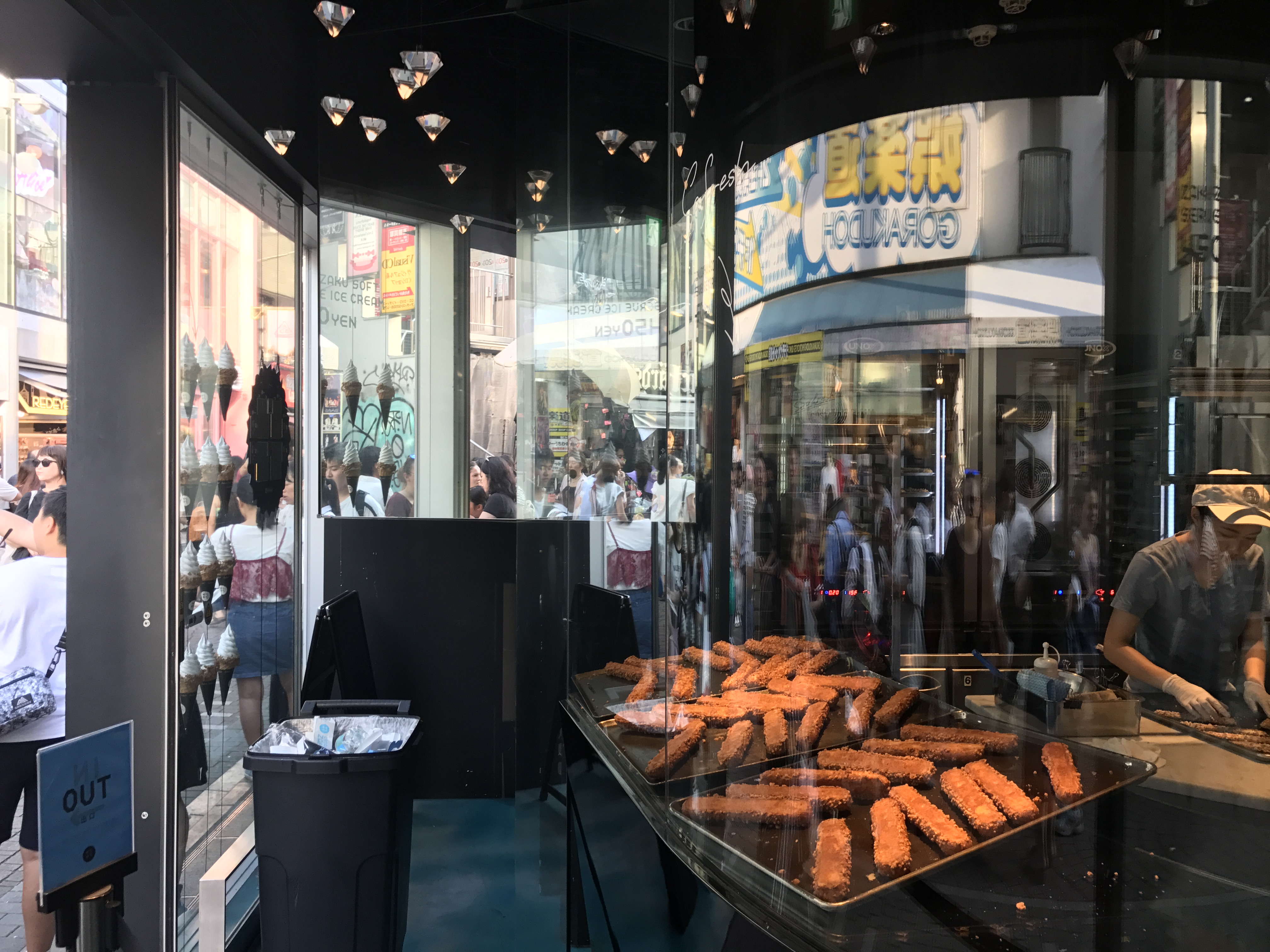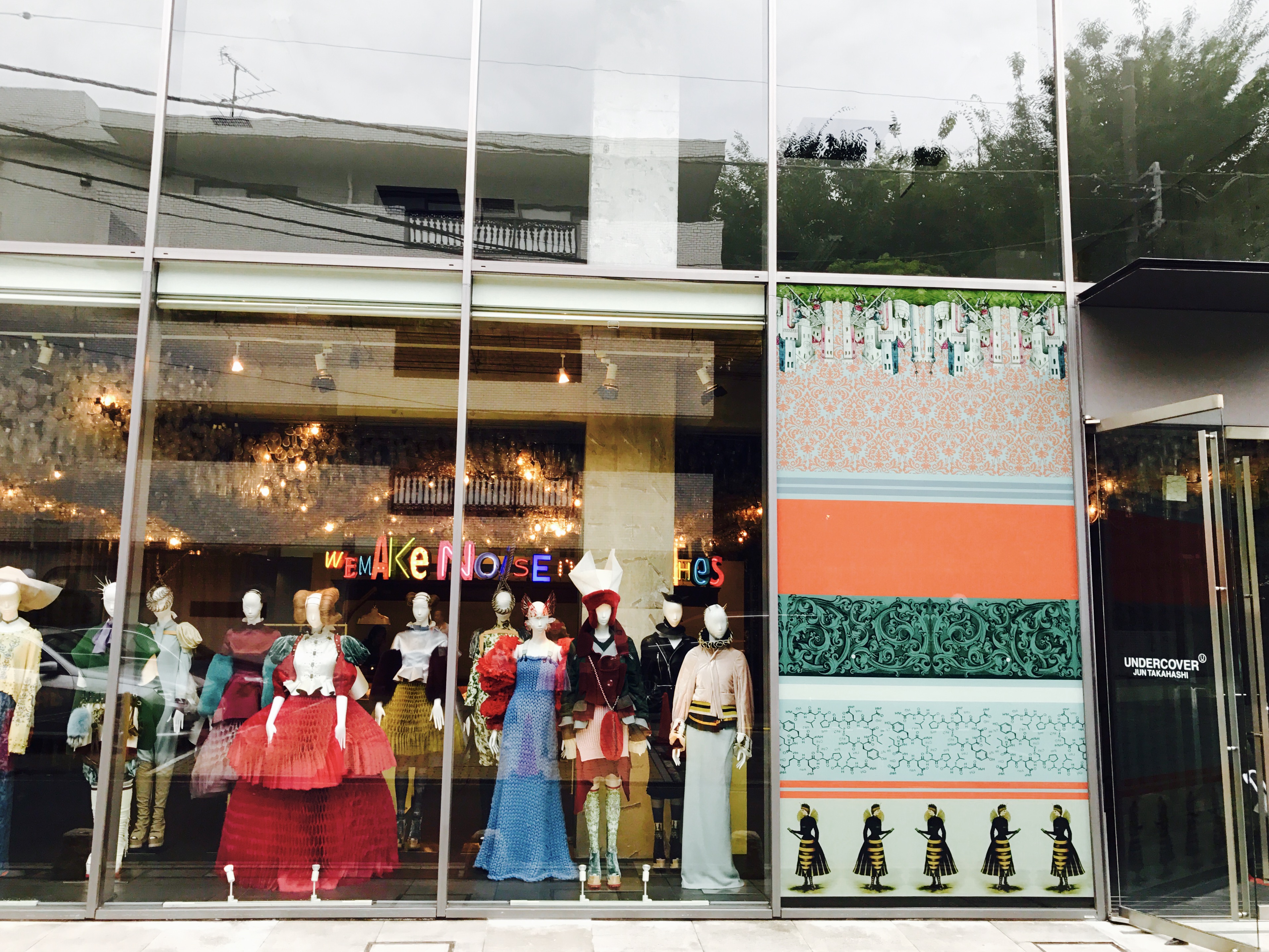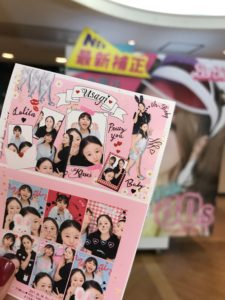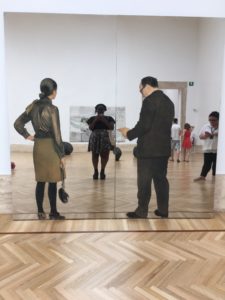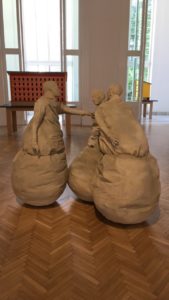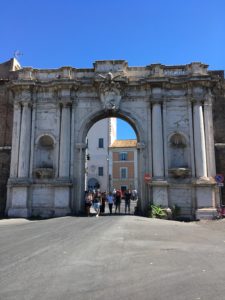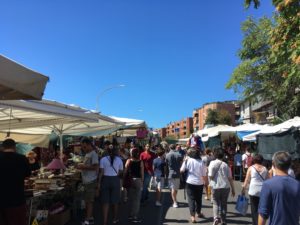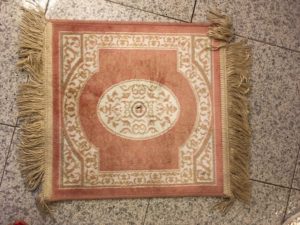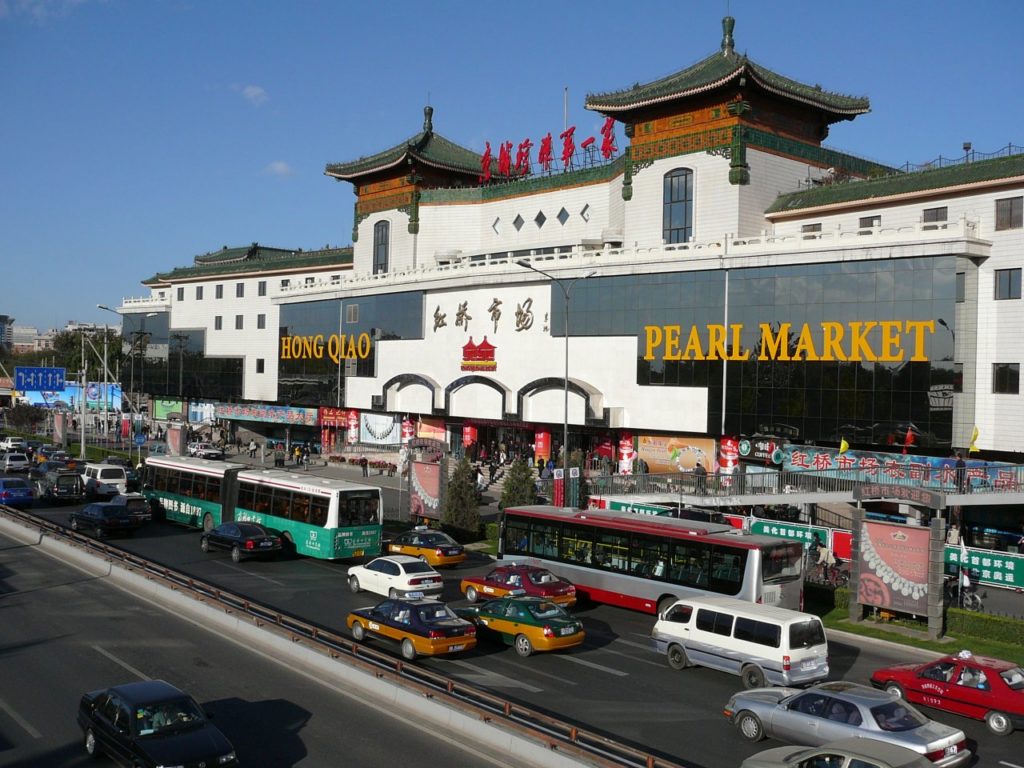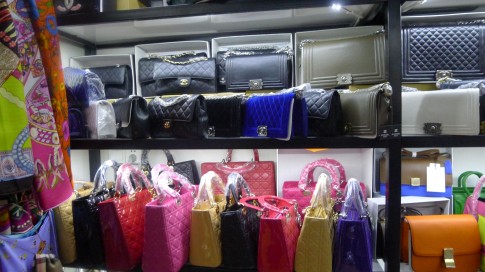The weather in Tours is usually temperate, but the temperature has rested between ninety and one-hundred degrees all week, which becomes bothersome in classrooms and houses without air conditioning.
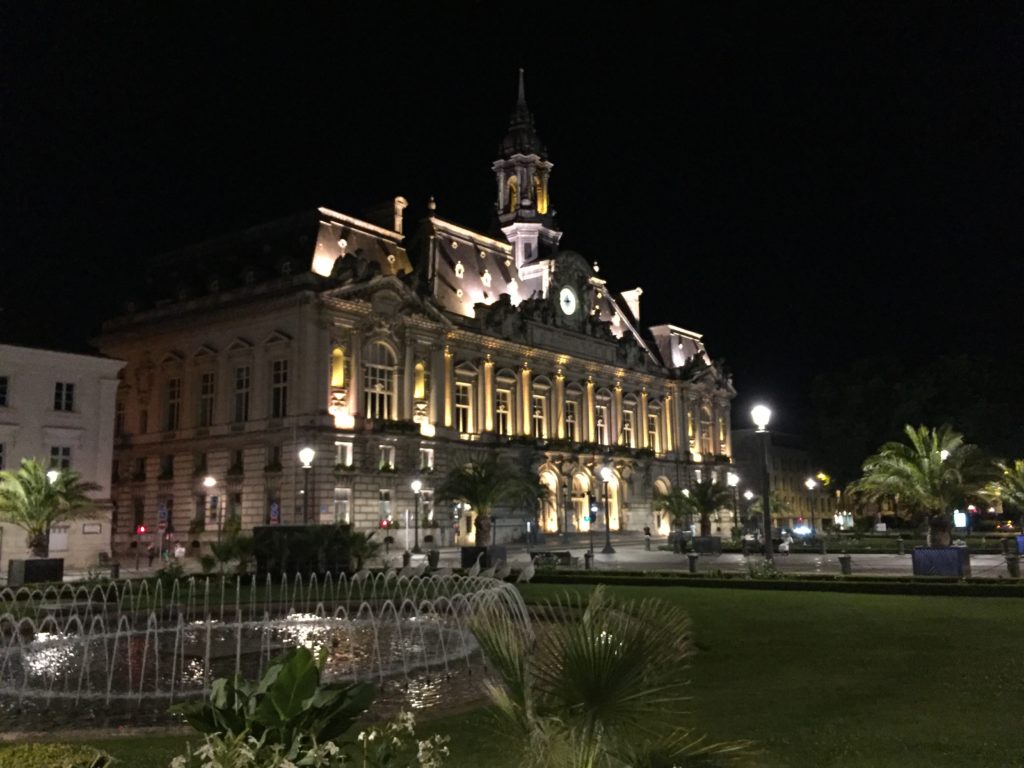
The greatest challenge I’m having in learning French is speaking English with other Institute students. We are supposed to speak only French, but English is the common language since most students speak it better than French. Perhaps if we didn’t want to know each other, following that rule would come easily, but most people here are vivacious and social and worth getting to know.
I learned on the riverbank that someone had drowned the day before, and I suddenly understood why my host family warned me against swimming near the Guinguette. Whirlpools form above large craters left by bombshells in the World Wars, they explained. They can pull you under. The tree from which our rope hung over the river was situated upstream of a small dam, where the water flows calmly and I could regard from afar the bridge where so many artillerists fought.
Constructed at the end of WWI and bombed by Allied soldiers in Tours during WWII to prevent German soldiers from crossing, the bridge currently connects Tours-Nord and Tours-Sud. Its namesake, Woodrow Wilson, acted instrumentally in creating the League of Nations. His vision for global betterment resonates with the predominantly liberal French outlook.
My host father is open with his opinions, particularly about nations. Proud of his country and the socialist, globally-minded policies which most often find traction here, he laments the U.S. election results. We share consternation towards the adverse environmental effects resultant from everyday American life. Yet, he loves American music and the beautiful landscapes we inhabit. To his mind, figures like Woodrow Wilson, Bob Dylan, Michael Moore, and Obama give America a redemptive quality. He is the person who invited me to visit the American war memorial near Le Pont Wilson, describing it as “incroyable.”
I hadn’t recognized the memorial for what it is when I first walked by it two weeks ago, on the way to Blanc Foussy. I and the German student with whom I conversed have become better friends, and she also freely expresses her thoughts on Americans. From her experience, she finds Americans loud and strange, but lovably optimistic. In the midst of applying for college herself, she has asked me about American colleges, which she associates with college-party movie scenes.
That association has also been made by some faculty at the Institute. Some of the younger professors have inquired of the many American college students whether those scenes represent reality, and have received differing responses. For my part, I go out more in Europe.

Most students come to L’Institut de Touraine for a month, since classes are oriented to teach a level of language per month. Friday consisted of several goodbyes. Saturday I only said one. A fellow ND student wanted help carrying his excess of baggage through Charles de Gaulle airport. Being a student from Africa, he told me, often entails taking other African students’ baggage home for them. I carried a suticase filled with other South African students’ belongings, and a guitar.
Despite the uncertainties caused for him by the derailment of his travel plans, he and I managed to enjoy a short day in Paris. He checked his baggage into a storage service, then we visited Notre-Dame de Paris and the Eiffel Tower, where we met with some friends for lunch on the Champ de Mars.
I hadn’t planned to visit Paris, particularly not the Eiffel Tower, which I had seen before, cheap trinket vendors and all, but I couldn’t help my awe at seeing the historic streets of Paris again, thrilled by the opportunity to study there in spring and see it more intimately.


My train back to Tours was delayed, meaning I would not likely catch the second leg. I sensed something strange in making a connection at Lilles to get to Tours, but boarded the first train anyways, too tired to correctly estimate the frequency of trains between Lilles and Tours.
I remembered the location of the city when I saw it. Far North from the Loire Valley, practically on the France-Luxembourg border, I lucked out. A train, a subway ride, another train, and a navette (town-to-town train) later, I returned at only 4 in the morning. My room in France felt like home.
